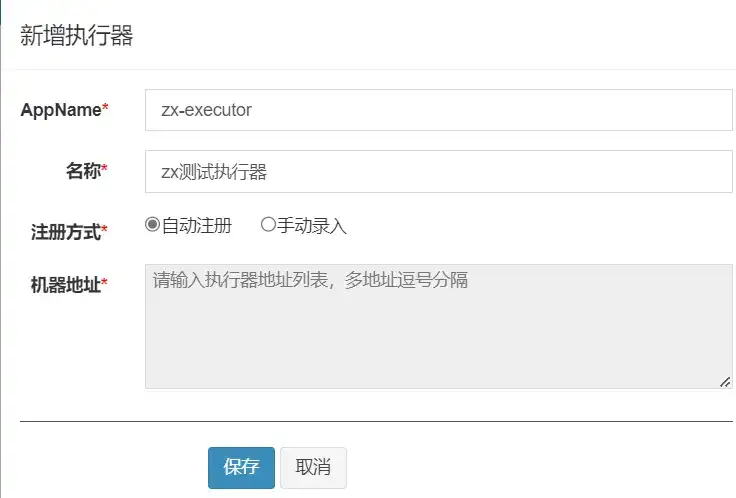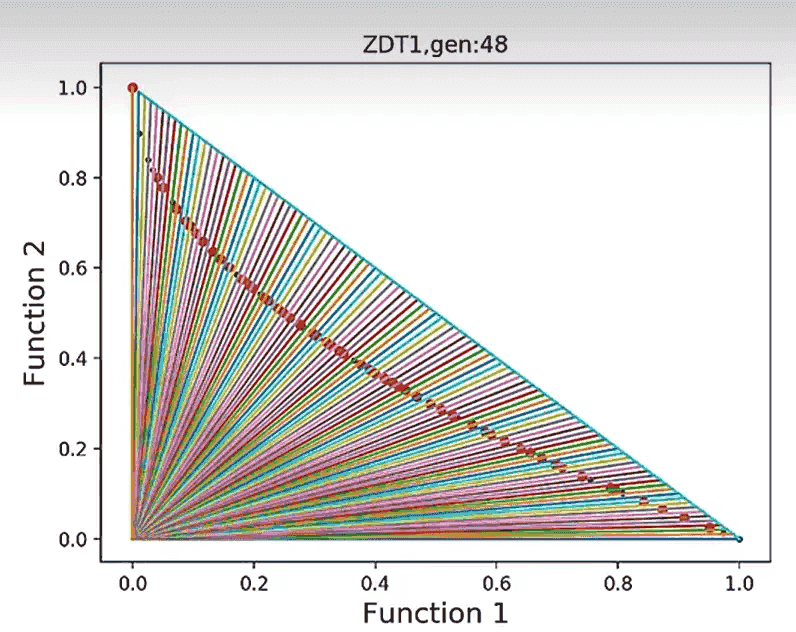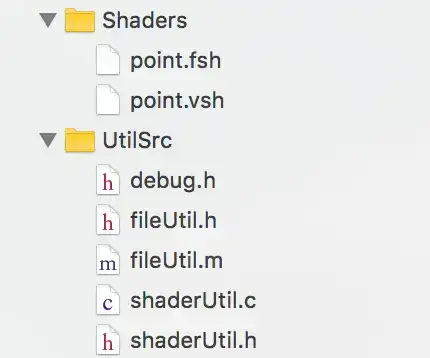高手教你!UICollectionView 自定义layout实现按需算高,轻松提升性能
2023-10-03 07:08:56
优化 UICollectionView 性能:揭秘自定义布局的奥秘
前言
在 iOS 应用程序开发中,UICollectionView 是一种广泛使用的视图组件,用于展示大量可滚动数据。然而,随着数据集的增大,UICollectionView 的滚动性能可能会因以下因素而受到影响:
1. 大量单元格渲染
当 UICollectionView 中包含大量单元格时,滚动过程中需要同时渲染所有可见单元格。这会导致设备资源紧张,从而影响性能。
2. 单元格高度计算
UICollectionView 需要动态计算每个单元格的高度,以确定其在滚动视图中的位置。如果单元格高度的计算过程繁琐,则在滚动过程中需要进行大量计算,进一步降低性能。
自定义布局的优势
通过自定义 UICollectionView 的布局,您可以解决上述性能瓶颈。自定义布局提供了以下优势:
1. 按需加载
自定义布局允许您实现按需加载单元格的机制,即仅当单元格进入可视区域时才进行加载和渲染。这显著减少了渲染开销,提高了滚动性能。
2. 高度预计算
自定义布局可以预先计算单元格的高度,并将其存储起来。这样,在滚动过程中无需再进行计算,从而进一步提升性能。
自定义布局的步骤
要实现 UICollectionView 的自定义布局,需要遵循以下步骤:
1. 创建自定义布局类
创建继承自 UICollectionViewLayout 的类,并实现其所需的方法。
2. 计算单元格大小
在自定义布局的 prepare() 方法中,需要计算每个单元格的大小。您可以使用 CGSize 结构体表示单元格大小。
3. 布局单元格
在自定义布局的 layoutAttributesForElements(in:) 方法中,需要为每个单元格布局其位置。您可以使用 UICollectionViewLayoutAttributes 对象表示单元格的位置。
4. 配置滚动视图
在自定义布局的 invalidateLayout() 方法中,需要配置滚动视图的属性,如滚动方向、内容大小等。
示例代码
以下示例代码展示了如何实现一个简单的按需加载的 UICollectionView 自定义布局:
import UIKit
class CustomLayout: UICollectionViewLayout {
var cellHeight: CGFloat = 100.0
override func prepare() {
super.prepare()
let numberOfItems = collectionView?.numberOfItems(inSection: 0) ?? 0
for item in 0..<numberOfItems {
let indexPath = IndexPath(item: item, section: 0)
let attributes = UICollectionViewLayoutAttributes(forCellWith: indexPath)
attributes.frame = CGRect(x: 0, y: cellHeight * CGFloat(item), width: collectionView?.frame.width ?? 0, height: cellHeight)
}
}
override func layoutAttributesForElements(in rect: CGRect) -> [UICollectionViewLayoutAttributes]? {
var attributesArray = [UICollectionViewLayoutAttributes]()
let numberOfItems = collectionView?.numberOfItems(inSection: 0) ?? 0
for item in 0..<numberOfItems {
let indexPath = IndexPath(item: item, section: 0)
let attributes = UICollectionViewLayoutAttributes(forCellWith: indexPath)
attributes.frame = CGRect(x: 0, y: cellHeight * CGFloat(item), width: collectionView?.frame.width ?? 0, height: cellHeight)
if rect.intersects(attributes.frame) {
attributesArray.append(attributes)
}
}
return attributesArray
}
override func invalidateLayout() {
super.invalidateLayout()
collectionView?.contentSize = CGSize(width: collectionView?.frame.width ?? 0, height: cellHeight * CGFloat(collectionView?.numberOfItems(inSection: 0) ?? 0))
}
}
结论
通过 UICollectionView 的自定义布局,您可以优化大型数据集的滚动性能。它通过按需加载单元格和预先计算高度来显著提高效率。
常见问题解答
1. 什么情况下需要使用自定义布局?
当 UICollectionView 包含大量数据或单元格高度计算复杂时,可以使用自定义布局。
2. 自定义布局有什么缺点?
自定义布局比内置布局需要更多的开发工作。
3. 如何预计算单元格高度?
在自定义布局的 prepare() 方法中预先计算单元格高度,并将其存储起来。
4. 自定义布局是否可以提高所有 UICollectionView 的性能?
自定义布局在数据集较大或单元格高度计算复杂时效果最佳。
5. 是否有第三方库提供自定义布局的实现?
有许多第三方库提供自定义布局的实现,如 IGListKit 和 Gemini。





